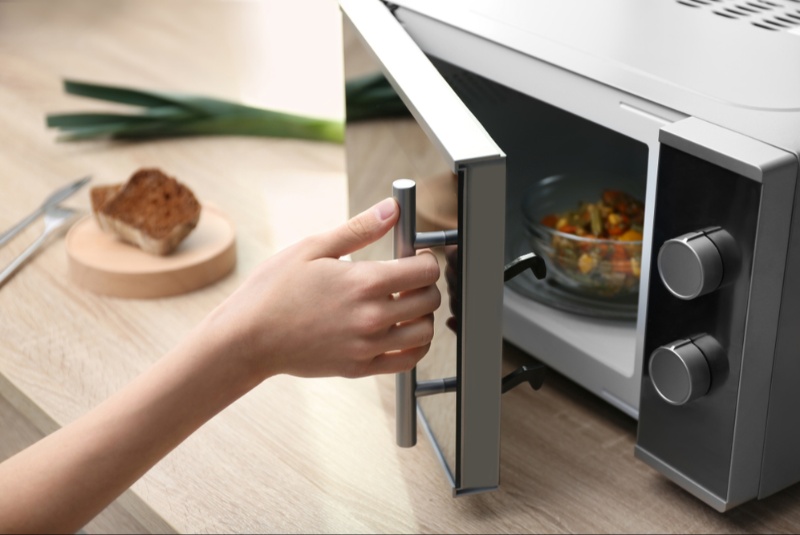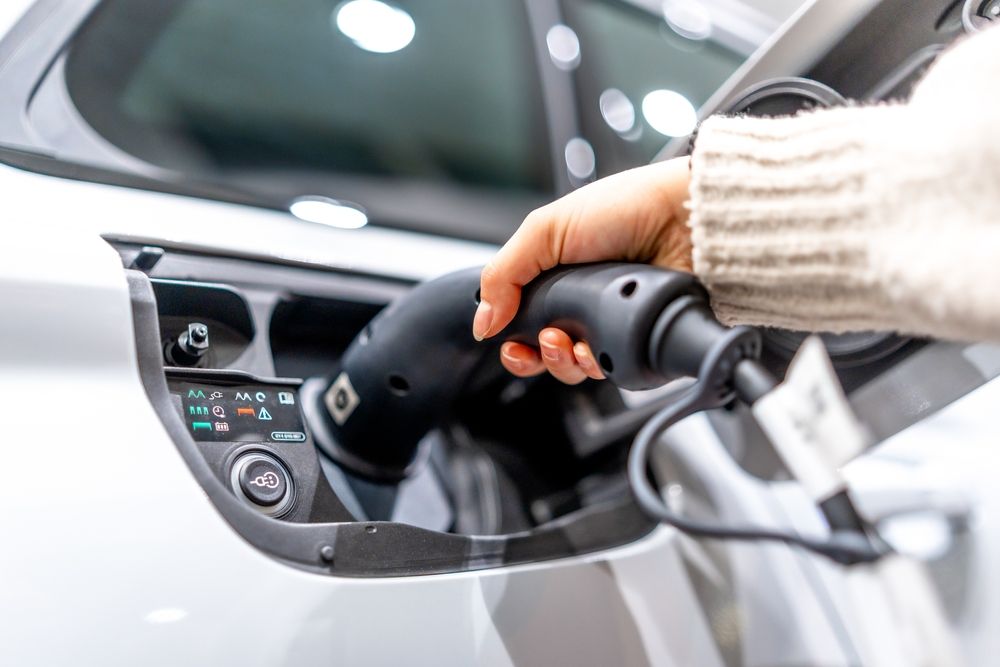In the modern kitchen, a microwave is no longer just a luxury but a necessity. It's a versatile appliance that has revolutionized cooking, reheating, and defrosting. However, with a plethora of models, features, and price points available, purchasing the right microwave can be overwhelming. This article aims to demystify the process and guide you through making a smart and informed decision.
Understanding Microwave Types
1. Countertop Microwaves: These are the most common and are designed to sit on a kitchen counter. They are ideal for those who have ample counter space and need a portable option.
2. Over-the-Range (OTR) Microwaves: These are designed to be installed above your stove. They save counter space and often come with built-in exhaust fans.
3. Built-In Microwaves: These are integrated into your kitchen cabinetry or wall. They offer a sleek look but are usually more expensive and may require professional installation.
4. Microwave Drawers: These are installed under the countertop and slide out like a drawer. They offer easy access and save counter space but can be pricey.
Key Features to Consider
1. Size and Capacity: Microwaves range from compact (less than 1 cubic foot) to full-sized (1.5 to 2 cubic feet). Consider the amount of space you have and your cooking needs. A larger family might need a bigger capacity.
2. Wattage: The power of a microwave is measured in watts. Higher wattage means faster and more even cooking. Most microwaves range from 600 to 1,200 watts.
3. Pre-programmed Settings: Look for microwaves with auto-cook menus, defrost settings, and sensor cooking that adjusts cooking time and power based on the moisture content of the food.
4. Turntable: A turntable rotates food for more even cooking. Some models offer a rectangular tray that moves side to side, which is great for larger dishes.
5. Easy-to-Clean Interiors: Some microwaves come with non-stick interiors or ceramic enamel, making them easier to clean.
Advanced Features
1. Inverter Technology: This technology allows microwaves to deliver a continuous flow of cooking power, even at lower settings, for precise cooking and defrosting.
2. Convection Cooking: Some models combine microwave energy with a convection fan and heating element, allowing you to roast, bake, and crisp.
3. Smart Features: Wi-Fi-enabled microwaves can be controlled via smartphone apps, offering convenience and remote monitoring.
Budget Considerations
Microwaves can range from under $50 to over $1,000. Generally, countertop models are the most affordable, while built-in and microwave drawers are at the higher end. Determine your budget and balance it with the features you need.
Brand Reliability and Warranty
Research brands for reliability and customer service. Check warranty details, as they can vary significantly. Some brands offer a longer warranty on the magnetron, the main cooking component.
Energy Efficiency
Look for models with an energy-saving mode. These microwaves consume less power in standby mode, contributing to energy savings and environmental friendliness.
Safety Features
Consider models with safety features like child lock, which prevents accidental operation or changes to the cooking settings.
User-Friendly Controls
Choose a microwave with intuitive and easy-to-use controls. Digital keypads with LED displays are common, but some people prefer the simplicity of dials.

Making the Most of Your Microwave
- Maintenance and Longevity: Regular cleaning and proper maintenance can extend the life of your microwave. Avoid slamming the door and clean spills immediately to prevent damage.
- Understanding Cooking Technology: Some microwaves offer advanced technology like humidity sensors, which adjust cooking time and power based on the moisture level of the food. Understanding these features can help you use your microwave more efficiently.
Considering Cooking Habits
Your cooking habits should significantly influence your decision. If you often use the microwave for elaborate cooking, a model with advanced features like convection cooking might be ideal. For simple reheating or defrosting, a basic model may suffice.
The Convenience Factor
Microwaves with features like quick keys for one-minute or 30-second increments can add convenience to your cooking routine. Additionally, consider the ease of cleaning the model you choose.
The Aesthetic Factor
The design and appearance of your microwave should complement your kitchen's decor. Stainless steel finishes are popular for their modern look, but they can show fingerprints more easily.
Installation and Ventilation
For OTR and built-in models, consider the installation process and ventilation requirements. Ensure there's enough space around the microwave for proper air circulation.
Reading Reviews and Testing
Before purchasing, read online reviews and consumer reports. If possible, visit a store to see the microwave in person and test its features.
Buying a microwave is a decision that goes beyond just price and size. It's about understanding your cooking needs, the features that will make your life easier, and finding a model that fits seamlessly into your kitchen space and lifestyle. By taking the time to research and consider all factors, you can make a purchase that you'll be satisfied with for years to come. Remember, the smartest way to buy a microwave is by making an informed decision that aligns with your personal needs and preferences.




